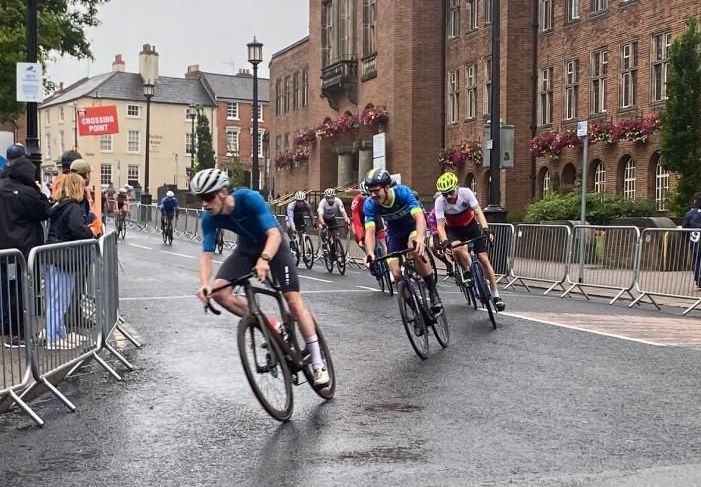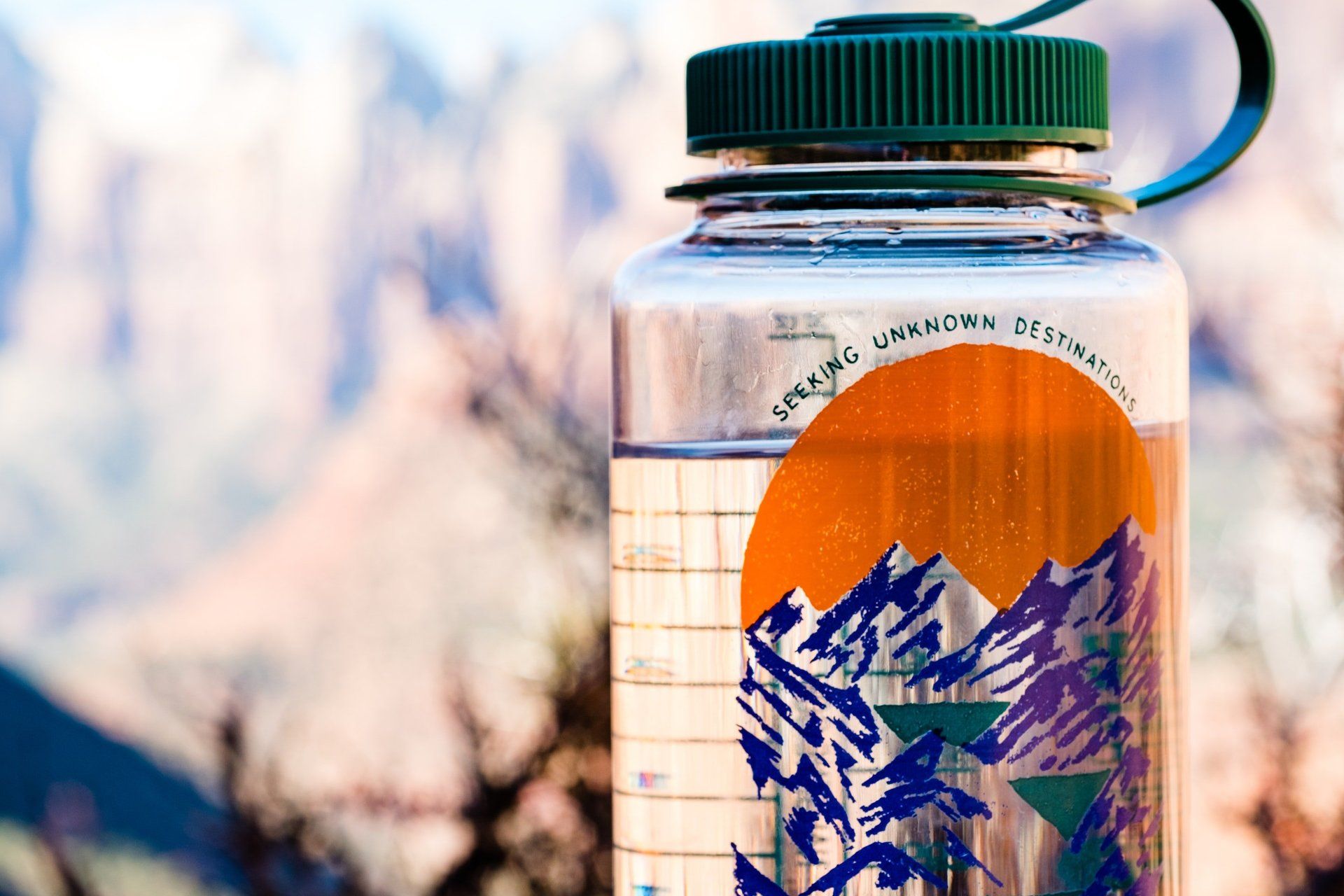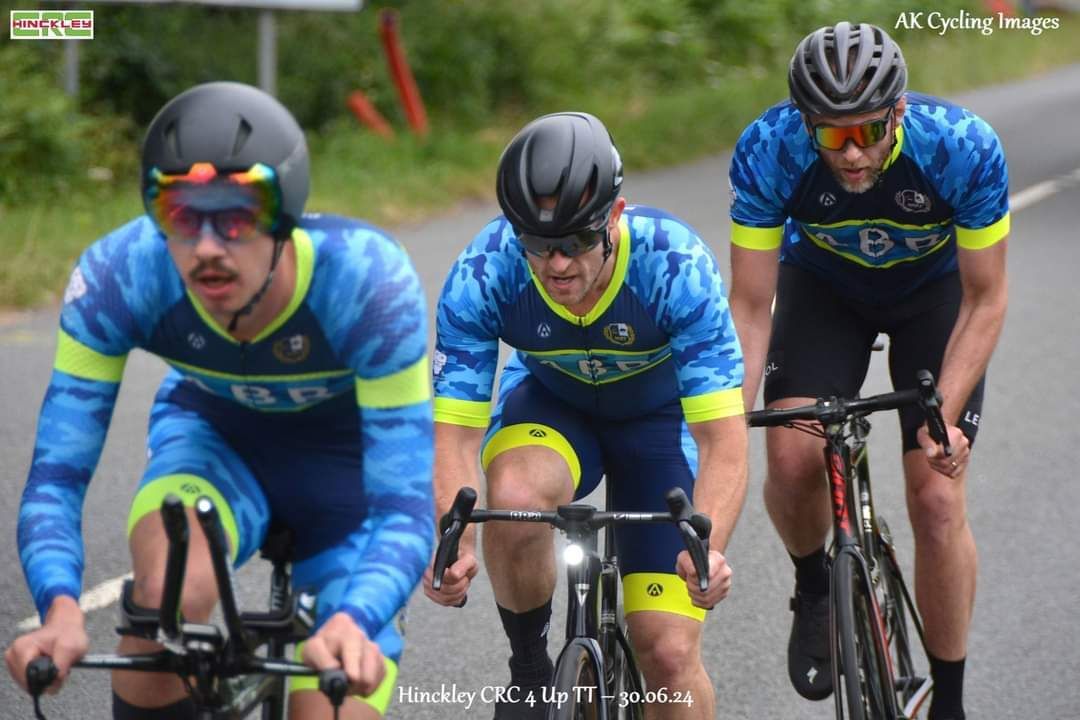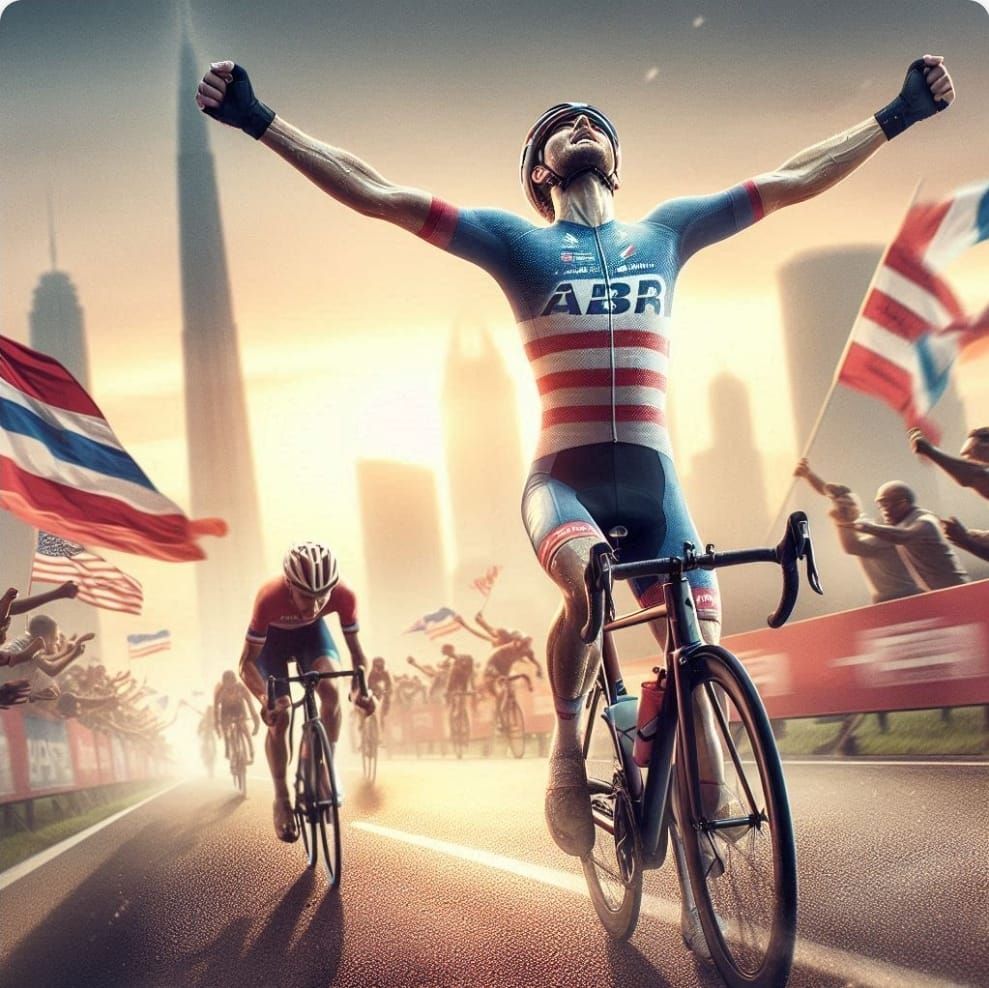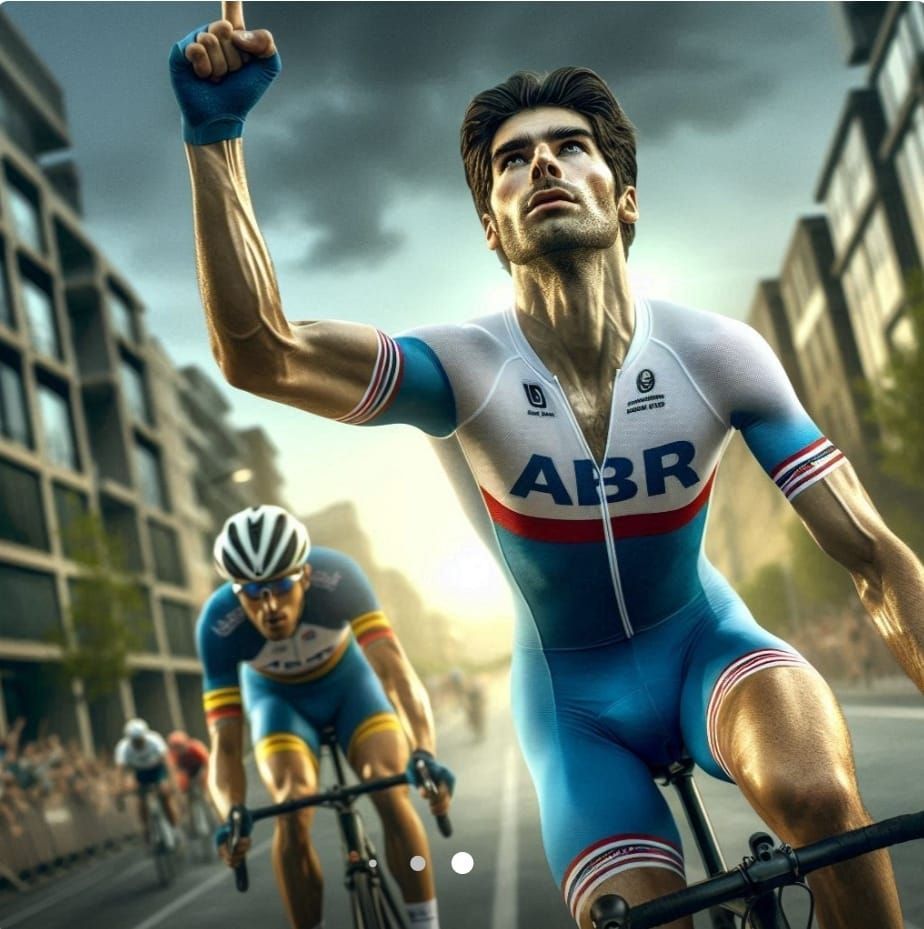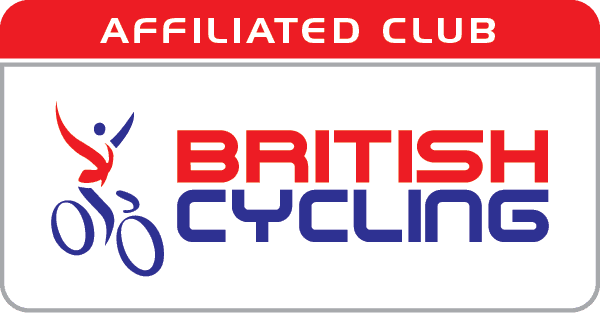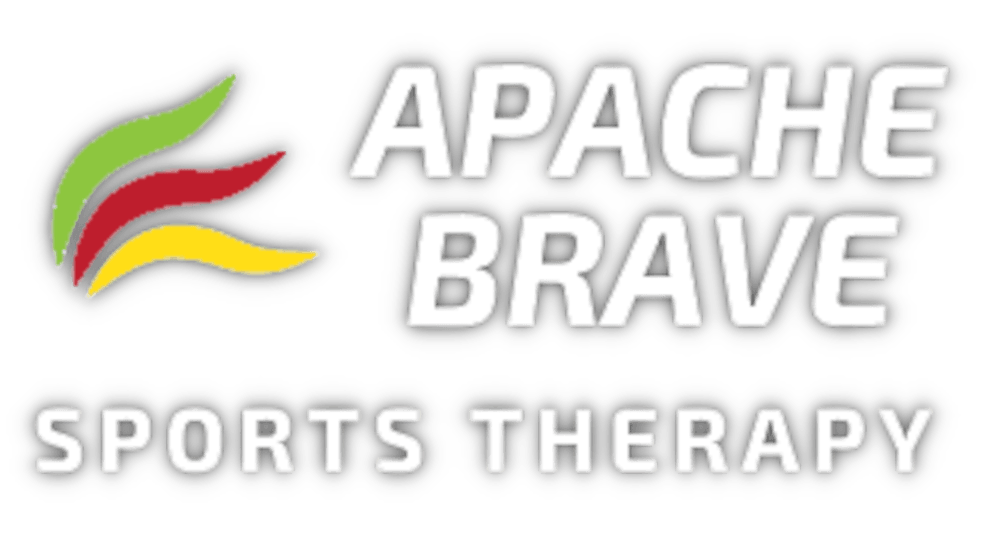Support the ABR Team
Help build a better experience for our ABR cycle team. We spend many hours on a non-paid basis.
Recovery Refueling Nutrition
Your guide to post-cycle ride Refueling
When it comes to getting the most out of your cycling, few things are more important than recovery. It’s not enough to just train hard on the bike, day after day — you also need to give your body a chance to recover, and recover properly. Sports Massage and stretching are great ways to help your body recover but you also need the correct nutrition doing so will allow you to hit your next training session or sportive ride or next race at your very best.
We take a look into the nutrition science behind nutritional recovery, giving you practical advice that you can apply to your own riding.
I look around after a big sportive ride at the cyclists surrounding me. Some are knocking the top off a beer. Several are sipping on cans of Coke. There’s a couple with protein shakers in hand. A few are too busy to care about food.
Cyclists approach eating and drinking after a ride in many different ways, some more scientific than others. One thing I’ve noticed is that some people don’t think about recovery nutrition at all, while others are completely obsessed with it.
What does the research tells us about eating and drinking after a ride? But more importantly why do we eat for recovery, and the situations in which it actually matters.
The three R’s
When it comes to post-exercise nutrition, you may have heard of the three ‘R’s of recovery:
Refueling : The process of eating carbohydrate to replenish the body’s glycogen stores; stores that have been tapped into during your ride.
Repair and adaptation : The process the body goes through to repair damaged muscles and respond to the stress of training by building more of the good stuff (this is what makes you better as a result of training).
Rehydration : Replacing the fluid you’ve lost during exercise from sweating.
This all sounds great in theory, and in many cases it can be implemented quite simply. There’s been lots of talk about how chocolate milk is the ultimate recovery food – it’s got plenty of protein, carbohydrate, fluid and electrolytes in one package. But before you go drinking it down, we need to stop and think about the ride we’ve just done, the next ride coming up, and what we want to achieve. If not, we risk “over-recovery”, or over-eating for recovery when it isn’t necessary.
Refueling for Cyclist
What you’ve just done
Firstly, think about the ride you’ve just finished.
- Was it a casual ride with
mates?
- A commute to work?
- A 100km+ epic in the hills?
If you’ve done a short, easy ride, then chances are you haven’t really used much of your muscle’s carbohydrate (glycogen) stores. So there’s no need to replace a lot. Likewise for repairing and adaptation – if you haven’t worked your muscles hard or for very long, then the need for protein will be reduced. And if you haven’t sweated much, then you haven’t really created a fluid deficit that needs replenishing.
What you’ve got next
You also need to think ahead to your next exercise session.
- Is it an easy
spin, or a monster ride?
Again, if it’s easy then aggressively fueling is completely unnecessary, and perfect hydrationis unlikely to be important. But if your next ride’s a big one, be it training or a race, then you’ll need to move onto the next point …
When you’re next riding
Not only do you need to consider what sort of ride you’ve got coming up, but
also the time frame you’ve got to recover for it.
If you finished a big ride at lunchtime Sunday and your next hard session won’t be until Wednesday, there’s no point drinking litres of fluid and eating a mountain of high-carb foods. Your normal eating and drinking over three days will get the job done.
I often have clients preparing for one-day events that ask me “what should I eat and drink afterwards?” If they’re not planning any serious training or racing within the next day or two, my response is always “whatever you like”. Short of drinking your weight in beer and injuring yourself, in that scenario it really doesn’t matter what you consume.
Refueling
Refueling is about carbohydrate, the fuel your muscles use during hard efforts. Because we store excess carbohydrate as glycogen in our muscles (and a bit in the liver), we can replenish this supply in anticipation of the next ride. The amount of refueling required will be dependent on how much of that store you’ve used, how much you’ll need for your next ride, and how long you’ve got to restore it to that level.
If very aggressive refueling is required, the question becomes how much, how quickly, and from what foods? The current guidelines suggest that 1-1.2 grams of carbs for every kilogram of body weight, each hour for the first four hours after a ride, will maximize the refueling processif that’s important to you. After that you should continue with your usual eating in preparation for the next ride.
So, if you’ve finished a big ride, and you’re 70kg, that’s 70-84g of carbs per hour over the next four hours — a total of 280-336g. This can also relate to whether you are on a low carb diet or not (our DNA tests can suggest whether you should be on a low carb diet). You would edge on the side of 1 gram of carb’s to 1 kg bodyweight for low carb's diets.
Despite all the talk of sugar versus starch, simple versus complex carbohydrates, or high versus low glycaemic index, the exact type of food or fluids used doesn’t seem to make a lot of difference over a four-hour time frame. So your choice of refueling can be guided by personal preference, and whether or not you also need protein for repair and adaptation, as well as fluid needs for rehydration.
If you need a little refueling but aren’t so urgent in your time frame or the
amount required, then your usual eating patterns (assuming there’s
carb-containing foods in there) will probably do the job without having to
think too much about it. Of course these stats are based on you wanting to maintain your weight, if you are looking at decreasing you bodyweight you would adjust your carb's consumption allowing the body to use some of it's natural resources.
ABR blogs are brought to you by Bloobo.com Website Builders.
What do they do?
Bloobo.com offers a wide range of services nationwide, all serviced from their offices in Derby.
Services include: Website Builder. Mobile apps. Marketing
They will work with you to design and build your website to match your brand, help attract new customers and manage social media and marketing consultancy.
Everything is designed for your brand and they offer great value whilst guaranteeing high quality.
